By adopting proper office ergonomics, you can keep yourself and your joints comfortable at work. This includes adjusting the chair height, ensuring adequate space between equipment, and maintaining good posture. To help you get started, there are visual guides available to show you how to set up your sitting workstation ergonomically.
A comfortable chair that supports your spine
Investing in a comfortable office chair with proper lumbar support is essential if you spend a lot of time sitting at your desk. The best office chairs support the natural S-curve of your back and prevent discomfort or pain. Autofull gaming chair a highly adjustable office chair that is suitable for most body types and sizes. It features an adjustable lumbar support and comfortable pad. If you're not ready to invest in a new chair, a lumbar support pillow and seat pad can transform any basic chair into a comfortable seat that encourages good posture.
A desk set at the proper height for using your keyboard
An adjustable-height standing desk can provide a more comfortable and ergonomic workstation for individuals of different heights. Traditional desks may not be suitable for those shorter than 5 feet 10 inches, causing discomfort and strain in the arms and wrists when typing. Solutions such as mounting a keyboard tray or raising the chair height can help, but a just-right ergonomic setup can be tricky to achieve. An adjustable-height standing desk allows for half-inch increments of desk height, making it the best fit for different tasks, such as typing, mousing, writing, reading documents, and viewing screens. Additionally, standing desks offer the flexibility to switch between sitting and standing, promoting movement and better overall health.
An external, ergonomic keyboard
Typing on a traditional keyboard can lead to stress on the shoulders and wrists. To alleviate this, it's recommended to keep your hands shoulder-width apart while typing. The Kinesis Freestyle Edge RGB is a fully split ergonomic keyboard that allows you to adjust the space of each half to achieve a comfortable shoulder-width position. For a less steep learning curve, the Microsoft Sculpt Ergonomic Keyboard is a partially split option. Alternatively, the Varmilo VA87M is a tenkeyless mechanical keyboard that keeps the mouse closer to you, reducing arm extension stress. Regardless of the type, an ergonomic keyboard should have a low, flat profile or tilt forward to keep your wrists in a neutral position. Avoid using feet to prop up your keyboard, as this can extend your wrists.
A mouse that fits your hand
When it comes to using a mouse, repetitive motions can lead to fatigue and strain on the fingers and wrists. To reduce this strain, it's important to look for a comfortable and smooth mouse that is easy to maneuver. However, if using a mouse still causes discomfort, it's worth considering alternative input devices such as a stylus with a graphics tablet or a trackball, which can keep your hand in a neutral position and reduce fine wrist movements.
A display set at a comfortable height, within arm’s reach
To avoid eye strain and fatigue, it's essential to position your monitor or laptop screen at a comfortable and ergonomic height. For optimal posture and viewing comfort, position your eyes approximately 2 to 3 inches below the screen's top edge. Keep the display at a comfortable distance, approximately an arm's length away. This setup promotes better ergonomics and reduces strain on your neck and eyes.While you can use a stack of books to raise your laptop or monitor, a more stable and adjustable solution is a laptop stand or monitor arm. The Rain Design iLevel 2 laptop stand and the Fully Jarvis monitor arm are two highly adjustable options that can help you find the perfect height for your display.
Good lighting
Ergonomics experts suggest that good lighting is essential for reducing eye strain and avoiding uncomfortable neck positions while working. While natural lighting is ideal for a workspace, it may not always be available. On cloudy days or when working late, it's helpful to use a combination of overhead and task lighting to balance the lighting in your workspace. Task lighting can help your eyes focus and reduce strain, while overhead lighting provides general illumination.

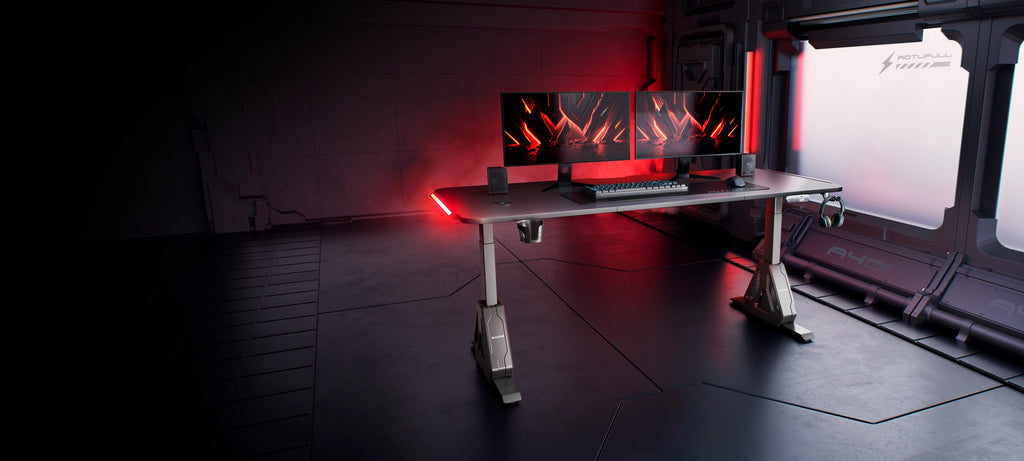
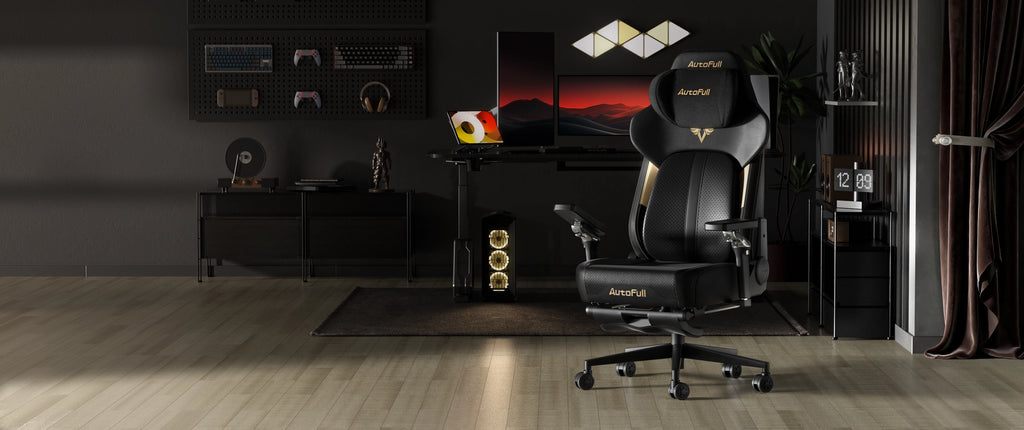






![🔥M6 Ultra 2.0 [New & Upgraded]](http://autofull.uk/cdn/shop/files/b8421501ceee8ed8defa49d79fc692df_f54aa59b-dc32-4095-a8a2-b6eb8f75c937.jpg?v=1763523105&width=200)








![AutoFull M6 Ultra Gaming Chair & A4 Pro Gaming Desk Bundle [💥Combo Off]](http://autofull.uk/cdn/shop/files/20251109-150955.jpg?v=1762672572&width=200)
![AutoFull G7 Gaming Chair & A4 Pro Gaming Desk Bundle [💥Combo Off]](http://autofull.uk/cdn/shop/files/20251109-151002.jpg?v=1762672658&width=200)
![AutoFull A4 Pro RGB Gaming Desk [⚡Early Bird Pricing⚡]](http://autofull.uk/cdn/shop/files/b8421501ceee8ed8defa49d79fc692df.webp?v=1759042859&width=200)












![AutoFull A4 Pro RGB Gaming Desk [⚡Early Bird Pricing⚡]](http://autofull.uk/cdn/shop/files/b8421501ceee8ed8defa49d79fc692df.webp?v=1759042859&width=70)
![AutoFull M6 Ultra Gaming Chair & A4 Pro Gaming Desk Bundle [💥Combo Off]](http://autofull.uk/cdn/shop/files/20251109-150955.jpg?v=1762672572&width=70)
![AutoFull G7 Gaming Chair & A4 Pro Gaming Desk Bundle [💥Combo Off]](http://autofull.uk/cdn/shop/files/20251109-151002.jpg?v=1762672658&width=70)
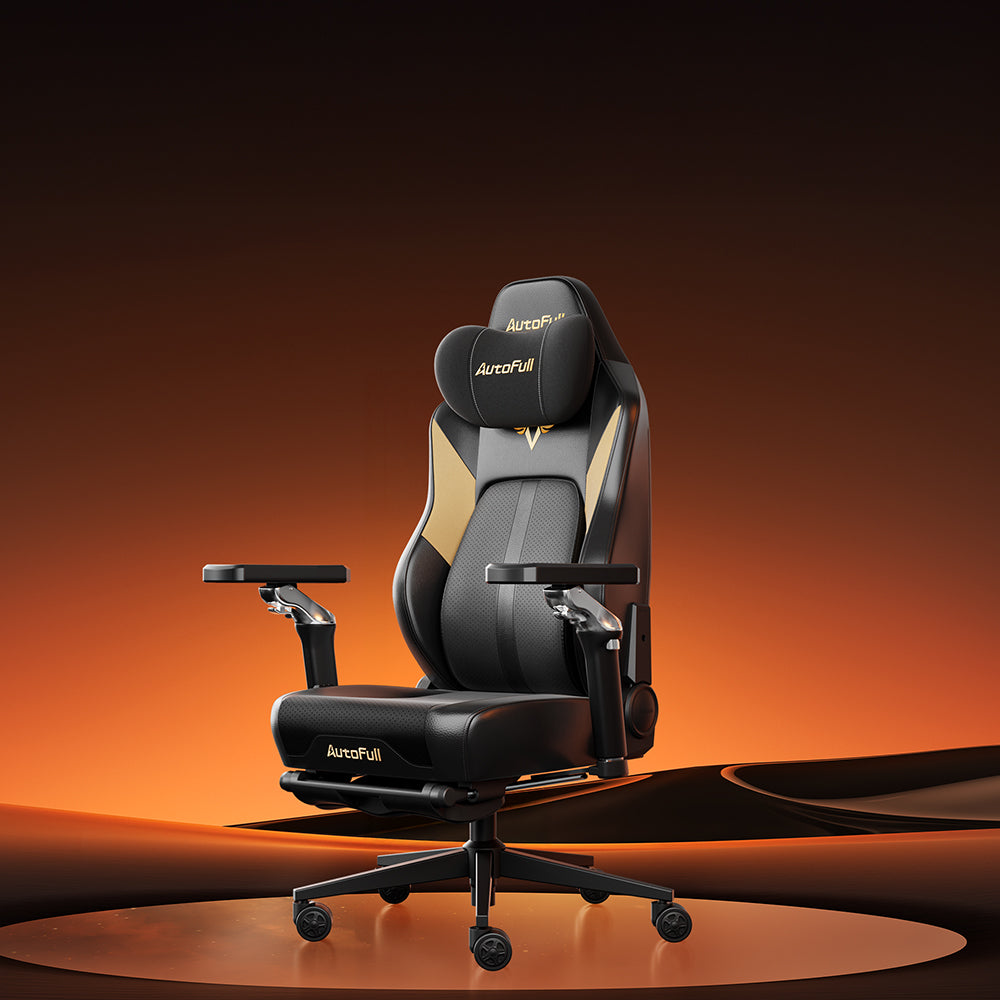

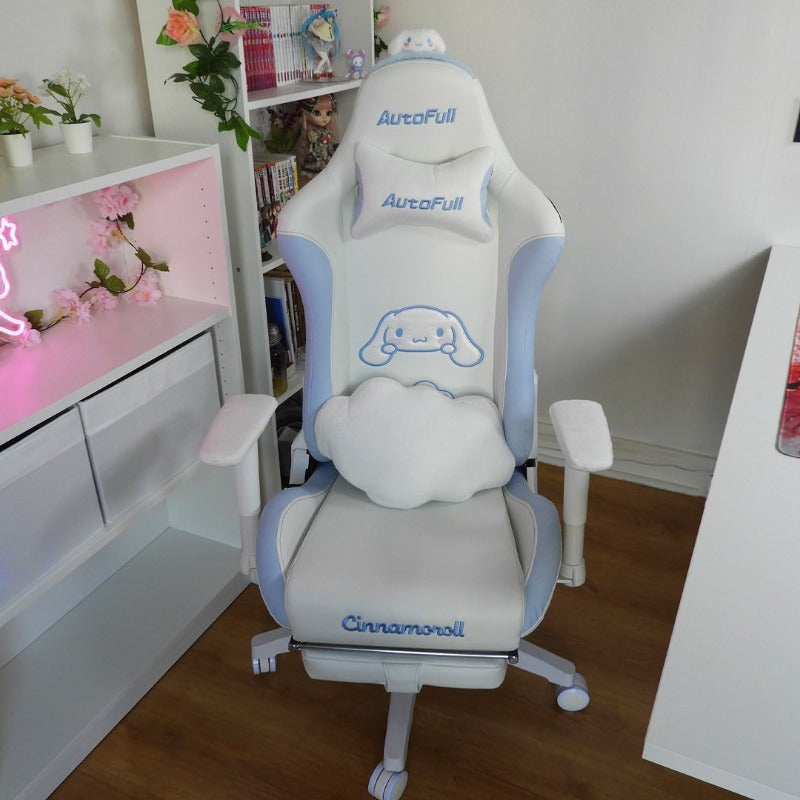
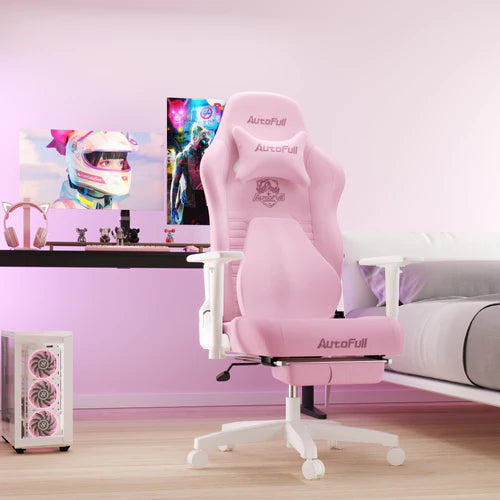
Leave a comment
This site is protected by hCaptcha and the hCaptcha Privacy Policy and Terms of Service apply.